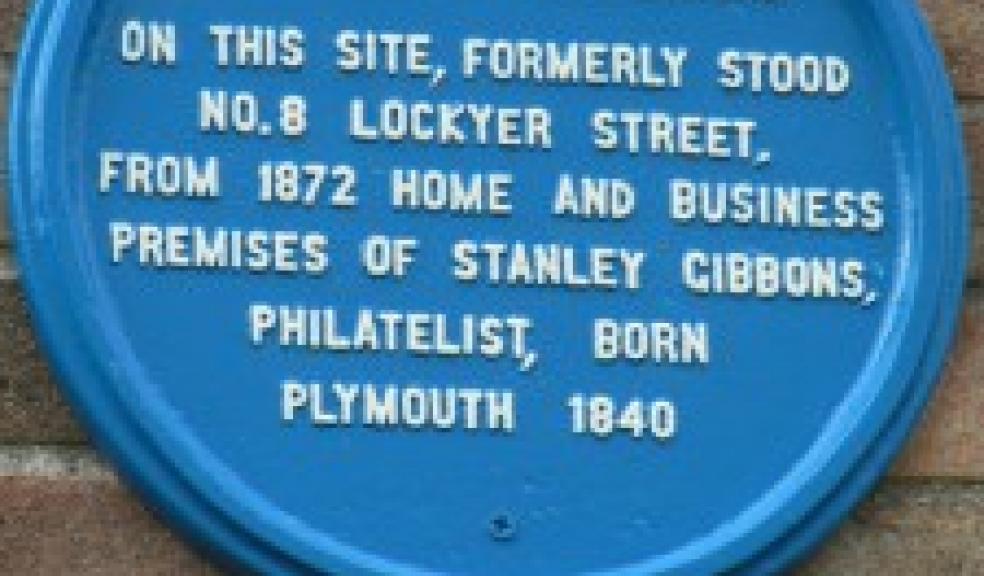
Historic plaques get some TLC
Some of Plymouth’s historic plaques are being given a facelift thanks to a city-wide refurbishment programme.
Existing plaques commemorating stamp dealer Stanley Gibbons (1840-1913), T E Shaw – otherwise known as ‘Lawrence of Arabia’ (1888-1935) – and the possible Mayflower Pilgrim associations with Island House have been removed, repainted in a more familiar blue and white and reinstalled in their respective locations on Lockyer Street, St John’s Road, Turnchapel and The Barbican.
New ‘blue’ plaques highlighting the city’s links with three more historic characters are also in the process of being unveiled.
The first is a replacement plaque dedicated to navigator and Royal Naval Officer, Captain Tobias Furneaux (1735-1781) who was born at Swilly House. The plaque is located on the St Neot’s Surgery building off Wolesley Road, North Prospect, opposite Furneaux Villas. Furneaux sailed with Captain James Cook on his second voyage of exploration. He was the first man to circumnavigate the world both ways and first British man to chart Tasmania.
The second plaque commemorates George Hurley (1910-1989), the carpenter and shipwright who established Hurley Marine – once the largest boat building firm in the UK. Hurley’s plaque is situated on Richmond Walk, Devonport and was unveiled by his widow, on behalf of the Hurley Owners Association, on 24 July.
The third plaque, which will be unveiled in September, is dedicated to John Collier (1769-1849). Collier was a merchant but also a Member of Parliament (MP) for Plymouth from 1832-41, making him one of our first parliamentary representatives after the Great Reform Act – a law passed in 1832 which introduced wide-ranging changes to the English and Welsh electoral systems. His plaque will be situated on the Collier family home at 53 Southside Street, The Barbican.
Councillor Glenn Jordan, Cabinet Member for Culture said: “Historic plaques like these are part of the tapestry that highlights Plymouth’s rich heritage to local residents and visitors, and we recognise the interest that people have in them. Refurbishing existing plaques and installing new ones requires negotiation with property owners and local interest groups and we’re very grateful for the cooperation and support of everyone who has helped make this happen.”
A further large rectangular plaque, presented to the city by the Society of Mayflower Descendants in 1955, is also in the process of being refurbished. It will be re-installed on the façade of the former Seaman’s Shelter on The Barbican in the next few weeks.
Plymouth City Council has now budgeted to refurbish other existing plaques and interpretation boards across the city. A priority list has been drawn up and work will progress throughout the next couple of years.
To view the city council's online plaques catalogue visit www.plymouth.gov.uk/plymouthplaques











